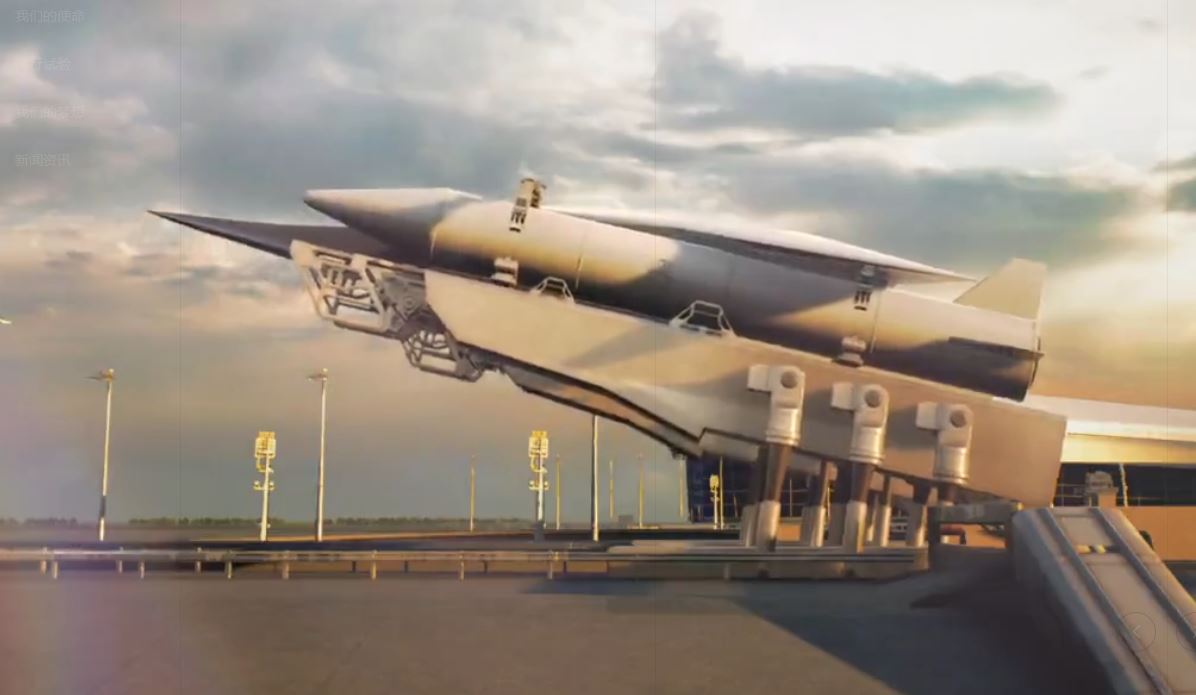
This machine will be used for point-to-point transport initially, then possibly for space tourism within ten years.
In the midst of the aerospace boom, the Chinese firm Beijing Lingkong Tianxing Technology has just announced a goal that is ambitious to say the least: to develop a new and unique means of air transport, capable of traveling at record speed. To achieve this, she presented a funny concept of hypersonic aircraft, which will apparently be able to exceed 7,000 mph (11,265 km / h).
The craft will apparently be able to link major world capitals in record time; so he would need about an hour to travel the 11,000 kilometers between Beijing and New York ! To achieve this dizzying pace, there is no question of relying on the technology of current airliners; this machine is rather a kind of winged rocket halfway between a traditional rocket, a fighter plane, and Virgin Galactic’s VSS Unity.
Indeed, it is an assembly of two distinct elements. In the middle is the vehicle itself, the shape of which is vaguely reminiscent of some stealth fighter jets. This is topped by a large frame made up of a large wing surmounted by two rocket engines. These allow it to take off vertically, like a traditional rocket.

Flirt with space
But the most interesting part begins once the initial push phase is over. Because it is not a plane like the others; to travel at such speeds in complete safety, this machine will have to conquer the suborbital domain. Once at the gates of space, we then witness a phase of separation between the main vehicle and this secondary structure. A bit like the VSS Unity, which was also dropped off at altitude before finishing its journey solo.
Once this step has been successfully completed, all that remains is for him to fly towards his destination at a prodigious speed. The machine can then land there smooth and vertical, a bit like SpaceX rockets and young Chinese shoots are already doing it today.
But what is even more impressive is that according to Space.com, this machine could even be able to travel into orbit. A feature that would make it the first hybrid of this type ever designed. On the other hand, it is not for immediately; the first tests in this direction should arrive by 2030.
Until then, it will already be very interesting to see how the first suborbital tests go. The firm hopes to be able to launch its first flight tests as early as 2024, and embark humans on board the machine from 2025. The deadline seems surprisingly ambitious, but not necessarily unachievable; after all, Chinese aerospace is advancing at lightning speed right now, and that’s probably just the beginning. See you in a few years to find out if the Chinese will be the first to democratize this technology.



